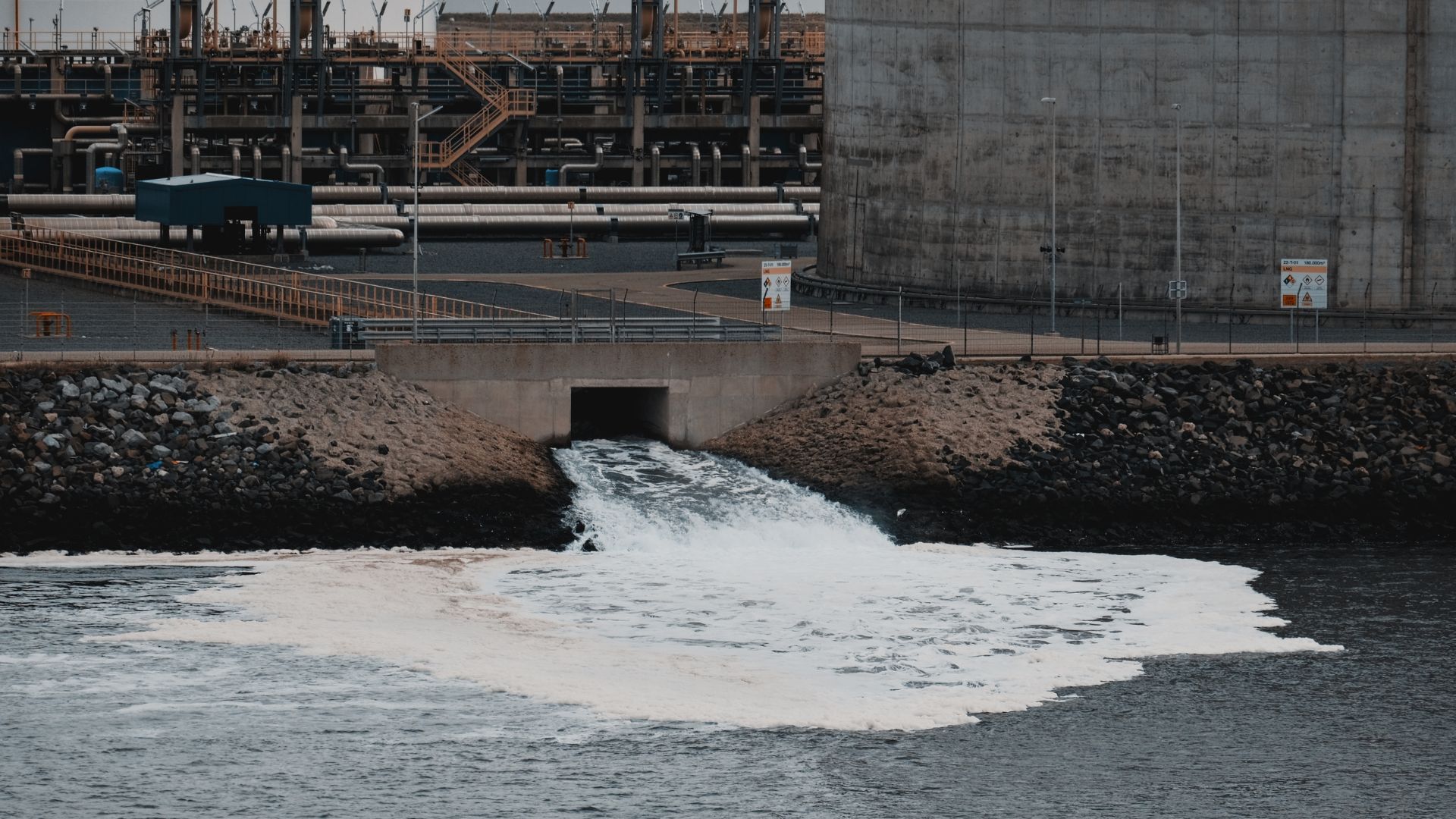Continuous and Networked Wastewater Quality Monitoring System (SPARING) is a system designed to continuously and in real-time measure and monitor wastewater quality on a large and integrated scale. The main goal of this system is to provide a deep understanding of wastewater quality, identify changes over time, and enable quick mitigation actions to address any issues or anomalies that may arise.
There are several key elements of SPARING that make this system able to assist companies in monitoring the wastewater they generate, such as continuous monitoring, SPARING sensors and instruments, integrated monitoring networks, online monitoring, long-term monitoring, early warning systems, and security and compliance monitoring.
SPARING provides significant benefits in supporting sustainable principles and environmental protection. By providing a better understanding of wastewater quality, industries and governments can design more effective policies and practices to preserve the environment and water resources.
Aquatic Ecosystem Balance
The balance of aquatic ecosystems provides several very important benefits for environmental conservation and human well-being. Here are some key benefits of maintaining the balance of aquatic ecosystems:
- Food Resource Availability: Aquatic ecosystems provide major food resources, such as fish, shellfish, and crustaceans, which are important protein sources for humans. This ecosystem balance supports sustainable fisheries and global food security.
- Clean Water: Vegetation and aquatic organisms help maintain water quality by filtering and removing harmful substances. Healthy aquatic ecosystems play a role in providing clean water for human use and terrestrial ecosystem sustainability.
- Flood and Drought Control: Aquatic ecosystems, such as mangroves and wetlands, help reduce flood risks and mitigate droughts by storing water, dampening waves, and replenishing groundwater.
- Climate Regulation: The sea plays a crucial role in regulating global climate by absorbing and storing heat. Aquatic ecosystems can influence regional and global weather patterns and contribute to climate change mitigation.
- Pollution Control: Aquatic organisms help clean water from pollutants through processes like bioremediation and filtration. Balanced aquatic ecosystems can play a crucial role in controlling water pollution.
- Recreation and Ecotourism: Aquatic ecosystem balance creates attractive natural environments for ecotourism and recreation activities. It not only provides entertainment but also supports local economies through sustainable tourism.
- Biodiversity: Aquatic ecosystems provide rich habitats for various species, including fish, amphibians, waterfowl, and other living organisms. Biodiversity is important for maintaining ecosystem balance and ecological stability.
- Livelihood Support: Many local communities depend on livelihoods derived from aquatic ecosystems, such as fisheries and tourism activities. This ecosystem balance supports sustainable livelihoods.
- Energy Availability: Renewable energy resources such as hydropower and wave energy can be harnessed from aquatic ecosystems to support sustainable energy needs.
- Oxygen Supply: Aquatic plants, especially algae and aquatic plants, produce oxygen through photosynthesis, thus making a significant contribution to oxygen production in the atmosphere.
- Nutrient Cycling: Aquatic ecosystems play a role in nutrient cycling, processing, and returning nutrients to the environment. This helps support ecosystem productivity overall.
- Beauty and Aesthetics: Aquatic ecosystem balance provides natural beauty and aesthetic value. The scenery and biodiversity in these ecosystems provide aesthetic satisfaction to humans.
Maintaining the balance of aquatic ecosystems is crucial to realizing these benefits. Human activities, including sustainable exploitation of natural resources and climate change, often disrupt this balance, and protecting aquatic ecosystems is key to safeguarding these benefits.
How Can SPARING Maintain Aquatic Ecosystem Balance?
Continuous and Networked Wastewater Quality Monitoring System (SPARING) plays a crucial role in maintaining the balance of aquatic ecosystems by providing accurate, continuous, and real-time data and information about water conditions. Here are some key roles of SPARING in maintaining aquatic ecosystem balance:
- Water Quality Monitoring: SPARING continuously monitors various water quality parameters such as temperature, pH, dissolved oxygen, nutrients, organic matter, and other substances. This helps understand the dynamics of water quality changes over time.
- Rapid Change Detection: By providing real-time information, SPARING allows for rapid detection of changes in water quality. It is important to identify sudden changes that may threaten ecosystem balance, such as industrial waste releases or unforeseen natural events.
- Long-Term Trend Analysis: SPARING helps analyze long-term trends, allowing for a better understanding of changes in aquatic ecosystems over time. This analysis can help design long-term sustainability and conservation strategies.
- Early Warning Systems: SPARING can be equipped with automatic early warning systems. If certain parameters exceed set limits, the system will provide quick alerts to operators or authorities, enabling a rapid response to threats to ecosystem balance.
- Environmental Impact Analysis: By collecting continuous data, SPARING helps assess the environmental impacts of human activities, such as industrial or agricultural waste disposal. This provides a basis for evidence-based decision-making.
- Natural Resource Management: Information collected by SPARING assists in natural resource management, especially fisheries. Data on water quality, temperature, and nutrient availability can be used to plan sustainable fishing activities.
- Health and Safety Monitoring: SPARING helps monitor the health and safety of humans engaging in activities around aquatic ecosystems. Monitoring parameters such as heavy metal content or hazardous substances helps protect human health.
- Environmental Monitoring for Sustainable Development: Data collected by SPARING provides a better understanding of human-environment interactions. This enables the formulation of sustainable development policies and practices that consider the impacts on aquatic ecosystems.
- Climate Change Impact Monitoring: SPARING helps monitor the impact of climate change on aquatic ecosystems. Changes in temperature, rainfall patterns, and other conditions can be recorded to understand how climate change affects ecosystem balance.
- Conservation Database: Data collected by SPARING can be used as the basis for conservation and restoration programs. This helps make informed decisions to preserve aquatic ecosystem integrity.
By providing detailed and continuous information, SPARING plays a crucial role in supporting effective understanding and management of aquatic ecosystems. It becomes a valuable tool for maintaining the critical balance and sustainability of water environments.
For more information about consultation services and the Coal Mining Sector, you can read our article here. If you and your company need further information regarding our services, contact and consult with us here.








